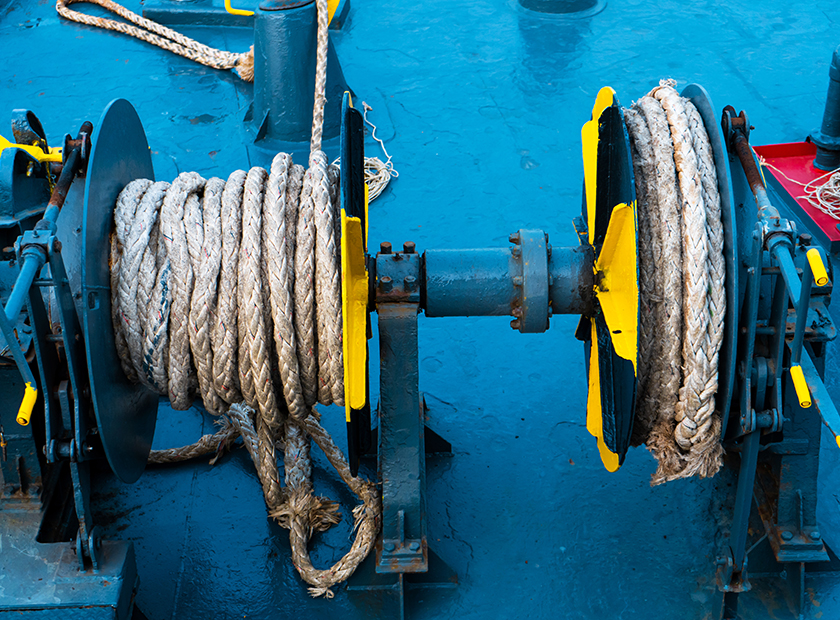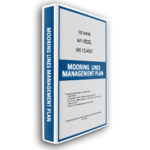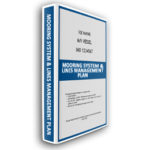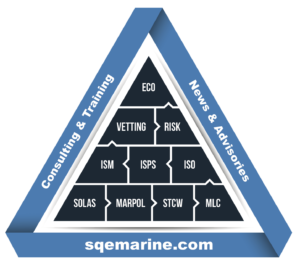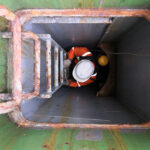Overview
During December 2020, IMO issued the MSC.1/Circ.1619, including new revised guidelines on the design of mooring arrangements and the selection of appropriate mooring equipment and fittings for safe mooring, Further to this circular, the MSC.1 Circ. 1620 Guidelines for inspection and maintenance of mooring equipment including lines, and MSc.1 Circ. 1175/Rev.1, have been issued/renewed in order to support the new requirements. The above changes are applicable to ships built after 1-1-2024. However, tankers have already complied with these requirements since July 2018, when the revised OCIMF MEG-4 guidelines became effective.
It is important to note that for ships built prior 1-1-2024, the previous version of MSC.1 Circ.1175 remains as the applicable standard for construction items (MBL,SWL etc). However, these ships should also conform with inspection /maintenance requirements as per Circ. 1620.
What is new?
The revised documents have introduced revised terms and definitions. Most of them are in line with those of OCIMF MEG-4.
- Ship Design Minimum Breaking Load (MBLSD) means the minimum breaking load of new, dry, mooring lines for which shipboard fittings and supporting hull structures are designed in order to meet mooring restraint requirements. This is a core value as this item determines the forces of other factors during mooring. For example, Safe Working Load for mooring arrangements should be equal or higher than MBLSD.
- Line Design Break Force (LDBF) means the minimum force that a new, dry, spliced, mooring line will break at. This is for all synthetic cordage materials. This should be maximum up to 105% of MBLSD
- Mooring area refers to the dedicated area on a ship where mooring equipment is installed and line-handling takes place. It also includes areas where there is a risk of personnel injury in event of snap-back or other failure of mooring equipment. There may be multiple mooring areas on a ship.
- Mooring arrangements means the configuration of the mooring equipment and fittings and other design features of the ships related to the mooring operation, i.e. lighting and communication equipment.
- Mooring equipment and fittings means items such as mooring winches, capstans, bollards, bitts, fairleads, rollers, chocks, etc. and also includes mooring lines.
- Mooring lines means ropes, wires and combinations used for mooring operations other than messenger lines but including tails.
- Mooring line configuration means all components of an individual mooring line, including tails, eye splices, etc. Any change or replacement of a component is a change to the line’s configuration, unless a component is replaced by a part having the same specification as in the original configuration.
- Working Load Limit (WLL) means the maximum load that a mooring line should be subjected to in operational service, calculated from the relevant environmental mooring restraint requirement.
The updated circulars address the two (2) main components of mooring lines. The construction part, which also considers the strength of the lines, comes first. The second phase involves inspecting and maintaining all fittings, lines, or applicable machinery.
Until now, MSC.1 Circ.1175, provided a list based on calculated Equipment Number (EN) which determined the strength of the lines used on board based on specific environmental conditions, side projecting area. The number of lines was calculated as per IACS Rec.10 based on the side projecting area of the ship. The projecting area for both cases was calculated using heights measured from Summer Load Water line.
The revised MSC1. Circ. 1175 Rev.1, has the following differences:
- Has incorporated the IACS rec.10 for the number of mooring lines to be used
- For ships with EN <2000 still determines the strength of mooring lines to be used, however for EN >2000, the calculation of hull side projecting is conducted using the lightest ballast draft.
The calculation formula for the strength of the line is MBLSD = 0.1 *A1 + 350 in kN.
A1 is the side projecting area calculated as per Appendix B of the circular with differences mentioned earlier.
Actions required
Companies in order to address the new requirements should:
- Consult with ship yards for fitting strength based on MBLSD. Onboard mooring fittings and equipment should be able to support the lines in use. Lines with strength significant higher than the one calculated during ships construction may cause problems to fittings.
- Provide vessels with a handy Mooring Lines Management Plan in which all required guidance for inspections, record keeping and other safety issues should be included.
- Retirement criteria, end for end policy and estimated maximum life of a line on board should also be part of the Plan.
How we may help
SQEMARINE has developed the Mooring Systems & Lines Management plan (OCIMF MEG-4 ) for Tankers, since 2018 to cover OCIMF MEG-4 requirements and Mooring Systems & Lines management Plan for Dry Bulk for non OCIMF vessels.
Both of above documents are in fully compliance with MSC1 . Circ. 1175, Circ.1175 rev.1, Circ 1619 and Circ. 1620

